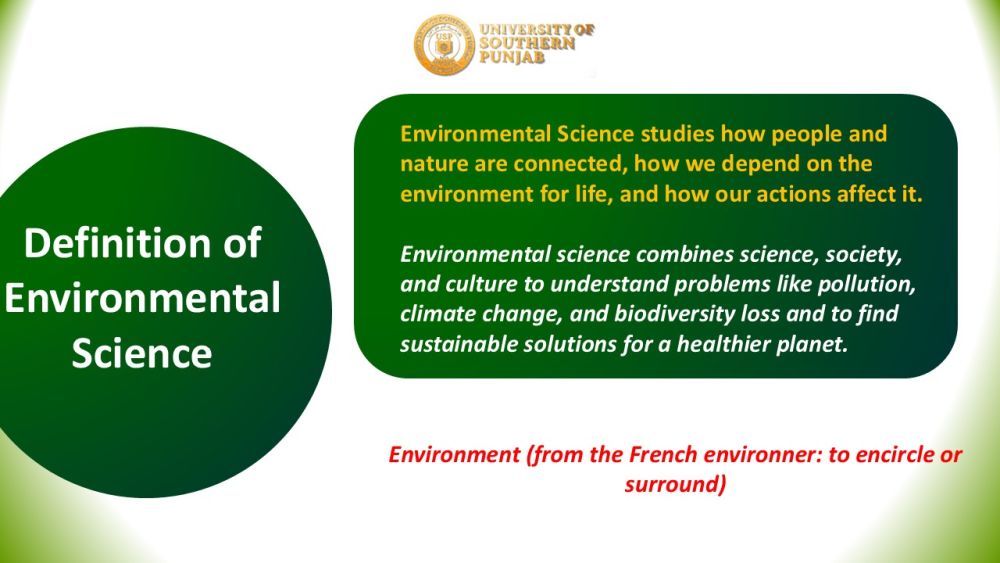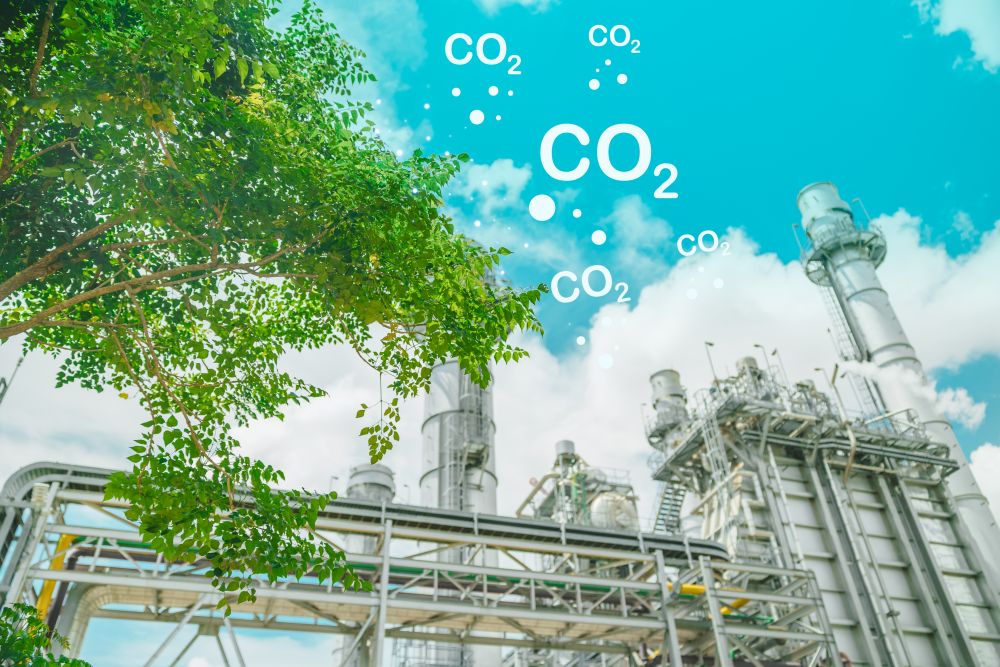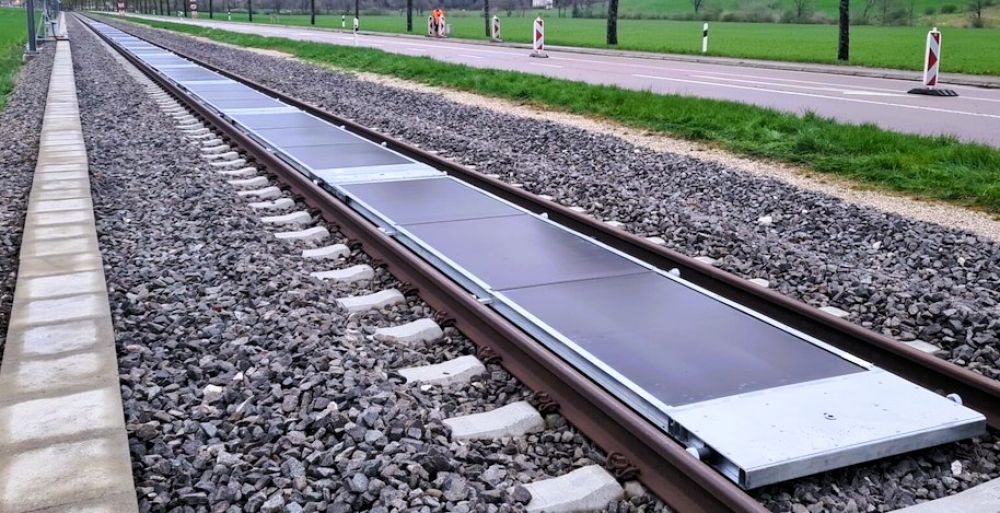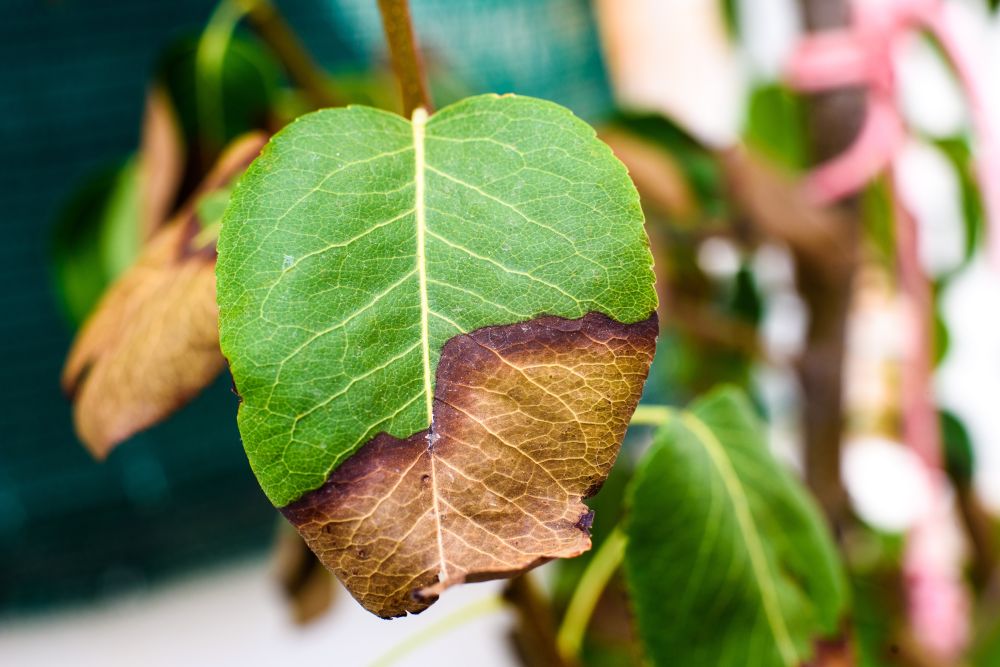22/25 "Artificial Leaves" to Save the Earth: How Carbon-Capturing Synthetic Plants Could Help Reverse Climate Change
Posted 5 months ago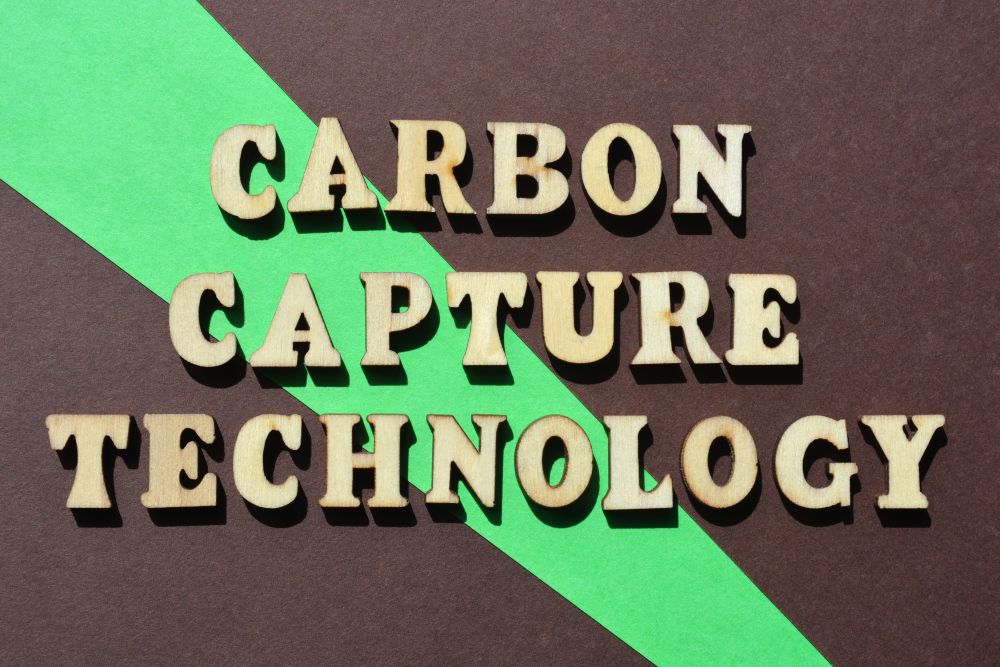
Summary
Scientists are engineering "artificial plants" that can capture carbon dioxide (CO₂) from the air more efficiently than real trees. These futuristic devices, designed to mimic photosynthesis, could help reduce greenhouse gases and fight climate change.
A New Leaf in Climate Science
As the Earth warms due to rising carbon dioxide levels (CO₂), scientists seek ways to remove it from the air. While natural trees absorb CO₂ through photosynthesis, their ability is limited. A mature tree can capture around 22 kg of CO₂ per year. We would need to plant billions of trees to significantly cut down emissions and wait decades for them to grow.
Artificial plants, also known as "synthetic leaves" or engineered carbon scrubbers. These devices are designed to mimic or even outperform natural photosynthesis using materials such as silicon, metal catalysts, and advanced membranes.
How Do Artificial Plants Work?
Traditional plants use sunlight, water, and CO₂ to make sugars through photosynthesis. Artificial plants use similar principles, but instead of sugars, they often produce fuels or safely store carbon.
Some cutting-edge devices use photocatalytic materials that absorb sunlight and convert CO₂ into carbon monoxide, methane, or other fuels, a process often called artificial photosynthesis.
Others use solid sorbents or liquid solvents that trap CO₂ from the air and release it later for storage or industrial use.
A notable example is the "artificial leaf" initially developed by the University of Illinois at Chicago researchers. Their leaf converts CO₂ into carbon monoxide using only sunlight, water, and a catalyst, achieving efficiencies higher than natural photosynthesis.
Why Use Artificial Plants Instead of Trees?
- Faster: Unlike trees, which take years to mature, synthetic devices can operate immediately.
- Smaller footprint: A square meter of synthetic leaf can capture more CO₂ than the same forest area.
- Versatile placement: They can be installed in cities, deserts, rooftops, and ships.
- Fuel generation: Some can produce clean fuels as a byproduct.
According to the Royal Society, artificial carbon capture must complement and not replace the natural carbon sinks like forests and oceans.
Challenges to Overcome
Despite the promise, there are still hurdles:
- Cost: Advanced materials and energy inputs can be expensive.
- Durability: Devices must last for years in harsh outdoor conditions.
- Scalability: Billions of tons of CO₂ must be removed annually to make a global impact.
Companies like Climeworks and Carbon Engineering are pioneering Direct Air Capture (DAC), which works similarly to artificial plants but at a larger, industrial scale.
Combining synthetic biology, materials science, and renewable energy, these high-tech leaves could become vital tools in our climate toolbox.
Artificial plants won't solve climate change alone, but they represent a powerful tool to reduce atmospheric CO₂. As solar panels revolutionized energy, carbon-capturing synthetic leaves may one day transform the fight against global warming.

